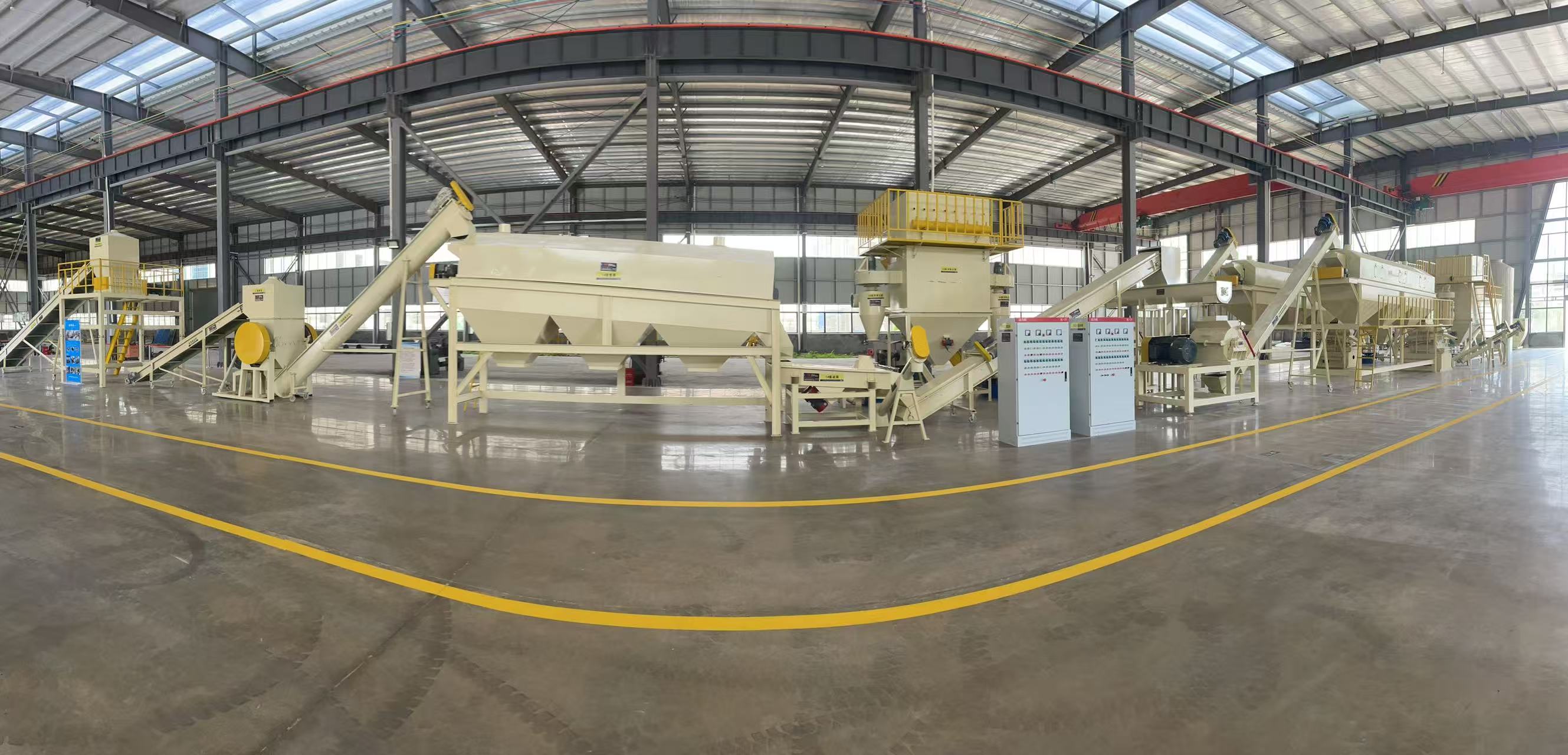
Lithium battery recycling plant is an important place for recycling and processing waste lithium batteries, achieving resource reuse and environmental protection. The following is a detailed introduction about it:
Main process technology
Physical separation process: valuable materials in waste lithium batteries are separated through processes such as crushing, screening, and sorting. The lithium battery processing equipment of Green Jie Environmental Protection can crush the battery through shredders, crushers, etc., and then use magnetic separators, density separators, etc. for sorting, which can achieve efficient separation of positive and negative electrode material powder and metal foil, with a separation rate of over 98%.
Thermal decomposition technology: such as oxygen poor thermal decomposition technology, which achieves precise separation and harmless treatment of battery components through thermochemical decomposition in anaerobic or low oxygen environments. The lithium battery recycling process adopts oxygen poor pyrolysis. In a high-temperature pyrolysis furnace, the electrode material undergoes anaerobic pyrolysis under nitrogen or argon protection, which can decompose organic matter and reduce metal oxides.
Wet metallurgical process: The company adopts a wet treatment process to extract metals such as lithium, cobalt, and nickel from waste lithium batteries through acid leaching, extraction, precipitation, and other steps. Scrap power batteries, energy storage batteries, etc. can be recycled and produced into battery grade lithium carbonate, ternary precursors, and other products.
core equipment
Crushing equipment: including double axis shredder, hammer crusher, etc.
Sorting equipment: There are magnetic separators, specific gravity separators, airflow separators, etc. Magnetic separators can separate magnetic materials such as iron, while specific gravity separators and airflow separators can accurately separate metals such as copper and aluminum, as well as positive and negative electrode materials.
Other equipment: including drum screening machine, pulse dust collector, screw conveyor, etc. Pulse dust collector can efficiently collect the dust generated during the crushing and screening process, ensuring that the dust concentration in the workshop meets environmental standards.
environmental protection measures
Waste gas treatment: technologies such as cyclone dust removal, double alkali spray tower, defogging and drying, RCO are used to treat particulate matter, fluoride, non methane total hydrocarbons, etc. in low-temperature drying waste gas, as well as dust in crushed and screened waste gas, to ensure that the waste gas meets emission standards.
Wastewater treatment: Domestic sewage is pre treated by existing septic tanks and discharged into industrial park sewage treatment plants for centralized treatment. Some recycling plants also treat the wastewater generated during the production process through evaporation and crystallization to achieve the recycling of water resources.
Solid waste treatment: Comprehensive utilization of waste packaging materials, waste hardware materials, waste steel shells, waste plastic separators, etc. for external sales, evaporation treatment of waste battery solutions, waste spray liquids, etc., and temporary storage of hazardous waste such as sedimentation filter residue, spray tower sediment, and waste circuit boards in the factory, and regular disposal by qualified units.
